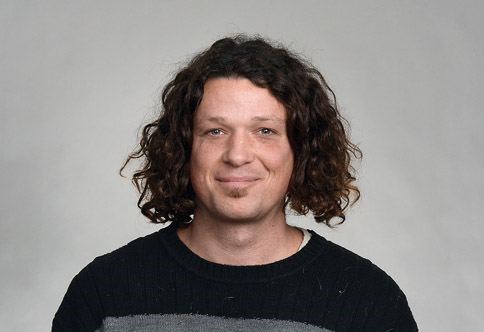Ok, here I sit, thinking about all the rabble rousing that is going on with controversy of Donald J. Trump's new policies and... I am not going to talk about it this week. Instead I am going to focus on what we can do in the immediate as a nation as we move closer to spring.
With the approach of Valentine's Day, it is now time to start thinking about starting your tomato and pepper plants to get bushels of this beautiful nightshade plant's fruit.
We have found over the years that with proper attention, starting your pepper and tomato plants on Feb. 14 will begin to yield decent returns by the end of June or early July.
After you have gone through the process of deciding which varieties you want to experiment with, start your seeds in a standard 72 cell seed flat (or smaller if you want less plants). After filling your flat with soil, gently apply water until the soil is fully saturated. Place your seeds on top of the soil in each cell then apply a quarter of an inch of soil on top of the seeds. Maintain proper moisture levels (not too dry, not too wet) and place the flat in a location where the seeds will get ample warmth to start the germination process (standard room temp should do fine).
Within a week, your seeds will start to poke up from their cells, reaching for the daylight and unfolding their cotyledon leaves as if stretching and yawning to greet the new day.
Now that the leaves have exposed themselves and their intent to collect solar energy, we must be very attentive to the amount and strength of light they are receiving, less they become very leggy and this can affect yields throughout the season (the seedling stage is most important stage in the plants life).
We use simple fluorescent lighting just above the seedlings during their first week or so of life, but once you see true leaves appear it may be time to pot them up into four inch pots and give them more intense light.
Bury tomato seedlings up to the very top true leaves with soil mix in their new pots (pepper plants do not need burying). At this stage I now prefer that the plants move to either our germination table or the greenhouse where they will sit atop a steaming pile of composting sheep manure which will provide enough heat to keep them going (though I cover all of them in the greenhouse with a heavy blanket at night and pay close attention to night temperatures).
A cold night in the greenhouse or germination table can kill of these heat-loving plants in a heartbeat and several weeks worth of work can be gone in an instant, so one must pay special attention to weather forecasts and have lots of heavy blankets ready.
If you don't have a greenhouse or germination table, a powerful lamp will be needed to provide the proper level of light to ensure plant growth is strong and that plants do not become too leggy.
We have found over the years, that it is far better to have plants outside (or in the greenhouse) with actual sunshine instead of an electric light.
Plants will require potting up one more time before final planting. I recommend using a one gallon pot for this last potting up. Again, bury your tomato plants up as high as you can to the upper leaves.
Once the threats of frost and very cold nights are gone, it is now time to either place plants in their final homes in the greenhouse or in the field. If plants are heading to the field come the beginning of June or late May, ensure you have plenty of frost protection on hand for that pesky jack frost that can ruin all the work and tender care in the early morning hours.
Once the plants are in their final resting place, ensure you prune plants properly, and keep them watered and simply wait for the fruits of your labour.
John Denver once said, "there are two things in life that you cannot buy: your true love and a homegrown tomato".
Starting your own tomato plants takes time and love, but by starting your own from seed, you have a wider range of choices in type of tomato that you will be dining on later in the season.
I highly recommend getting seed from your local growers as they know already what does best in our climate.
Happy seed starting, Prince George.



